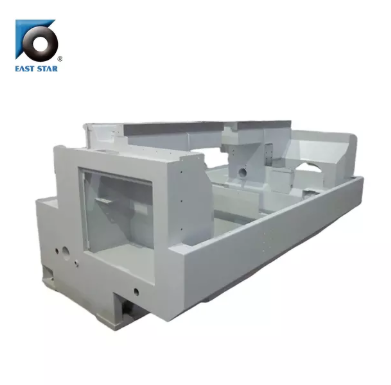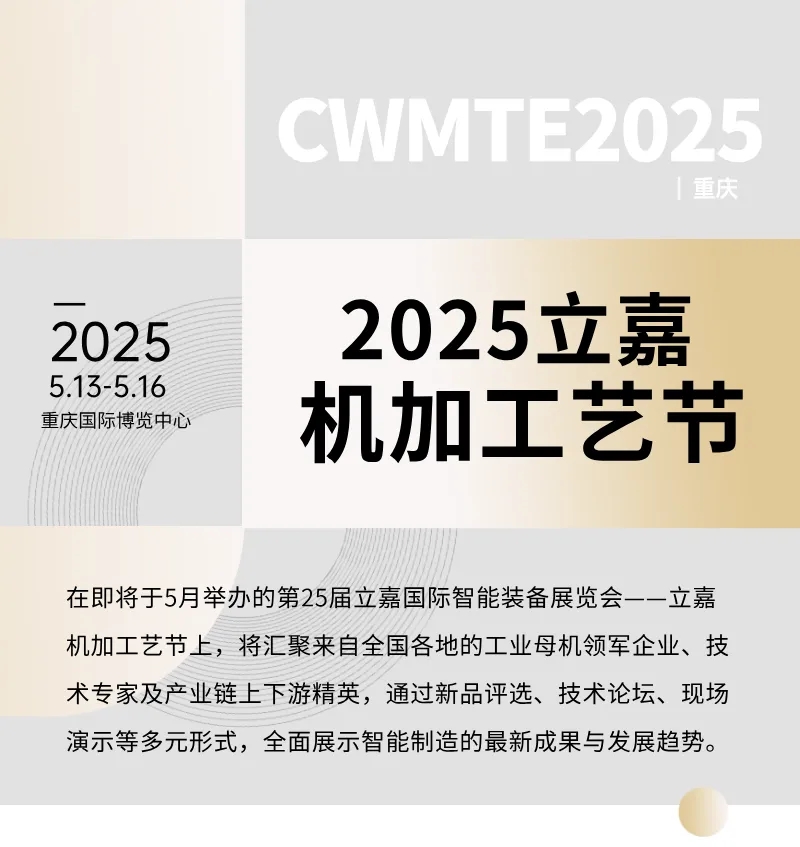Views: 0 Author: Site Editor Publish Time: 2025-06-30 Origin: Site








Have you ever wondered what goes into making products stronger, more durable, or cost-effective? Fillers play a vital role across many industries.
In this post,Jinan East Star Precision Measure Co. Ltd’ll explore the two main types of fillers: mineral and polymer. You’ll learn how each type enhances materials and why they’re crucial for different applications.
Fillers play a crucial role in improving the properties of materials. They are used in a wide range of products like plastics, rubber, and asphalt to enhance properties such as strength, durability, and cost-effectiveness. Fillers reduce material costs, improve material performance, and can make products more resilient to wear and tear.
In many cases, fillers are added to modify the characteristics of base materials without significantly increasing the cost. By using fillers, manufacturers can make stronger, more durable products at a fraction of the cost of using pure, high-performance materials.
There are two broad categories of fillers: Mineral Fillers and Polymer Fillers. Each of these categories has distinct properties, and they are suited for different applications.
● Mineral Fillers: These are natural, inorganic materials like calcium carbonate, talc, and barium sulfate. They are widely used in industries such as construction, automotive, and paints.
● Polymer Fillers: These include synthetic materials such as glass fibers, rubber, and thermoplastic elastomers. Polymer fillers are used in plastics, composites, and rubber to enhance flexibility, durability, and strength.
Filler Type | Material Composition | Common Uses |
Mineral Fillers | Calcium carbonate, talc, kaolin | Construction, paints, automotive parts |
Polymer Fillers | Glass fibers, rubber, elastomers | Plastics, composites, adhesives |

Mineral fillers are natural or synthetic inorganic materials that are added to base materials to improve their properties. They are commonly used in a wide range of industries to enhance strength, durability, and cost-efficiency.
Some of the most common mineral fillers include:
● Calcium Carbonate: Used in plastics, paints, and rubber.
● Talc: Provides stiffness and reduces shrinkage.
● Kaolin: Enhances impact resistance and improves the texture of materials.
● Barium Sulfate: Commonly used in paints and coatings to improve opacity.
● In Plastics: Mineral fillers improve the strength and stiffness of plastics. For example, calcium carbonate is often used to reduce shrinkage and improve the surface finish.
● In Construction: Mineral fillers are used in concrete and asphalt to enhance durability, impact resistance, and reduce the overall cost of production.
● In Paints and Coatings: Mineral fillers, like barium sulfate and kaolin, are used to improve texture, thickness, and opacity, making paints and coatings more durable.
● Cost Reduction: Mineral fillers are generally inexpensive and help reduce the overall cost of materials.
● Durability: They improve the mechanical properties of products, making them more resistant to impact and wear.
● Environmental Impact: Many mineral fillers, such as calcium carbonate, are derived from natural resources, making them a more sustainable option.
● Limited Impact on Aesthetics: While mineral fillers improve the material's functionality, they may not enhance the visual appeal of products, especially in decorative items.
● Difficulty in Dispersion: Some mineral fillers, like talc, may clump together, affecting the uniformity of the final product.

Polymer fillers are synthetic materials added to base polymers to improve their flexibility, toughness, and overall performance. These fillers are widely used in products like plastics, rubber, and adhesives.
Common polymer fillers include:
● Glass Fibers: Known for adding strength and enhancing impact resistance.
● Rubber: Adds flexibility and toughness to polymer materials.
● Thermoplastic Elastomers: Used to enhance thermal and chemical stability.
● In Plastics and Composites: Polymer fillers like glass fibers are commonly used in plastics and composites to improve their flexibility, toughness, and thermal stability.
● In Rubber: Polymer fillers are used in rubber products to improve elasticity, wear resistance, and durability.
● In Adhesives: They provide viscosity control and improve bonding strength in adhesives.
● Improved Performance: Polymer fillers improve the flexibility, resilience, and overall performance of materials, making them suitable for demanding applications.
● Aesthetic Appeal: Some polymer fillers, like glass fibers, enhance the surface finish of materials.
● Enhanced Thermal and Chemical Resistance: Polymer fillers are widely used in industries such as automotive and electronics, where thermal and chemical resistance is crucial.
● Cost: High-performance polymer fillers, such as glass fibers, can be expensive, which may increase production costs.
● Processing Complexity: Polymer fillers require precise mixing and compatibility with the base polymer, adding complexity to the manufacturing process.
Mineral fillers are generally natural and abundant, making them inexpensive and widely available. They are primarily used to enhance the durability and cost-effectiveness of materials. Polymer fillers, on the other hand, are synthetic materials and are often chosen for their ability to improve the flexibility, toughness, and aesthetic appeal of products.
Property | Mineral Fillers | Polymer Fillers |
Cost | Low cost | Higher cost due to specialized materials |
Durability | Excellent durability | Excellent flexibility and resilience |
Aesthetic Appeal | Limited impact on appearance | Improves surface finish |
● Mineral Fillers: Better for cost-effective solutions and durability. Ideal for construction and automotive parts.
● Polymer Fillers: Superior in terms of flexibility, aesthetics, and thermal resistance. Best for high-performance applications like electronics.
Mineral fillers are usually less expensive and widely used when durability and cost-effectiveness are the primary concerns. Polymer fillers, while more expensive, are preferred when performance characteristics like flexibility and aesthetics are more important.
● Construction: Concrete, asphalt, and road construction.
● Automotive: For parts requiring durability.
● Paints and Coatings: Improve opacity and texture.
● Electronics: For materials requiring high thermal and chemical resistance.
● Automotive: Enhancing flexibility and strength in various components.
● Packaging: For more flexible, durable, and lightweight products.
Some products, like composite materials and rubber compounds, may use both mineral and polymer fillers depending on the required performance characteristics.
When selecting between mineral and polymer fillers, consider factors such as cost, durability, aesthetics, and the specific requirements of the application.
● For construction and automotive products, mineral fillers are often the best choice.
● For aesthetic products or high-performance materials, polymer fillers may be more appropriate.
Mineral fillers are durable and cost-effective, while polymer fillers offer better flexibility and performance. Mineral fillers are commonly used in construction, while polymer fillers are preferred for high-performance applications like electronics.
When choosing a filler, consider the material’s intended use and performance requirements. Both types of fillers serve unique roles and complement each other in various industries.
A: Mineral fillers are cost-effective and offer enhanced durability. They are commonly used in construction and automotive industries for their strength and longevity.
A: Polymer fillers can sometimes replace mineral fillers, especially in high-performance applications. However, they may not be as cost-effective or durable for basic industrial uses.
A: Mineral fillers are preferred for automotive applications due to their strength and cost-effectiveness. Polymer fillers may be used when flexibility and thermal resistance are more critical.
Copyright © 2023 Jinan EAST STAR Precision Measure Co., Ltd. All rights reserved. | Sitemap | Privacy Policy | Support By Leadong